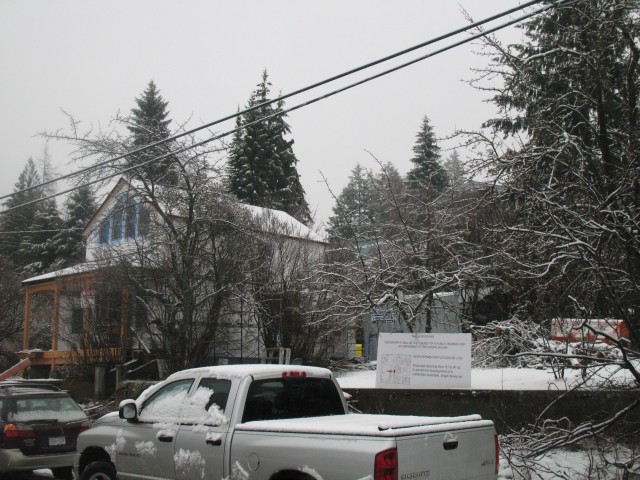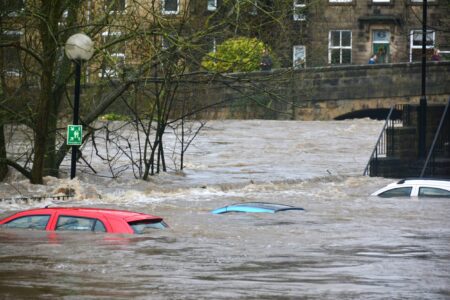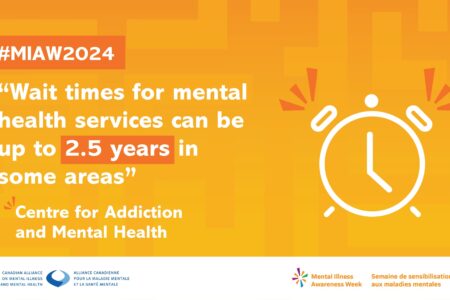Growing Rossland’s Economy 3: The magic formula
Ahh, the great challenge that faces all tax-collecting governments in our society – balancing taxes with services provided. Most people desire and occasionally demand lower taxes. On the other hand, most people also want more services, be they snow clearing, recreation programs, donations to service groups, or fixing leaky pipes and paving potholed roads. Okay, no surprise there – but where is the connection between tax rates and services and growing the economy?
The answer is twofold. Businesses will often consider tax rates when looking to setup shop and/or relocate. Conversely, prospective residents generally look more at services that contribute to quality of life. With a town’s economy being the amount of money circulating around within it, one sure-fire way to grow a town’s economy is to add more money-spending consumers as well as more places to spend that money.
Now the magic question–just how does a city lower or keep steady its tax rate without cutting services? Essentially, how does a city, as a corporation, run a tighter ship? There is a magic formula out there that should be the basis of any city’s decision-making process. City planners all know this secret, and one frustration of their jobs can often be communicating it to the decision makers whose job it is to bring it into reality.
The formula? “Cost of infrastructure per household < tax revenue per household”. In other words, the costs to the city per kilometre of road, sewer, water infrastructure, and so forth, must be less than what the city receives in tax revenue from the homes along that same kilometre of road. There is a very real and known fixed cost of infrastructure per kilometre in every city. Whether no one lives on that kilometre or a hundred people live on that kilometre, the basic costs remain.
The secret, then, is density.
This is hardly a new idea, but it is one Rossland currently struggles with and is a significant contributing factor to the Golden City’s dilemma of rising taxes and shrinking services.
Often, you’ll hear one portion of the population tout development as the key to Rossland’s turning things around. Well, yes and no. The arguement is often over-simplified–reduced to either ‘development yes’ or ‘development no’. Often there isn’t enough thought given to ‘development how, where, why and for whom’. A metaphor for the situation is the struggling business that is losing money and looks to expand its operations to solve its problems. A classic business mistake, it should be known that growing a losing business just leaves you with a bigger headache than you began with. It’s the same with development in a city like ours. Until the existing core of the city is financially sustainable, growing the size of the city physically is no different than growing a failing business.
It should be a general underlying rule for any new development in the city that tax revenue generated by that new development must outweigh the added new costs of that development (new roads to maintain, new sewer and water infrastructure to maintain, new roads to light up, new sidewalks to maintain, and so on). When building a new subdivision, the city immediately takes on these new costs to its balance sheet while there is no guarantee as to when (or if) new tax revenue will come online from new houses and residents. On the other hand, infill development on vacant lots within the existing layout of the city brings immediate tax revenue to the city without adding significant new costs.
Take, for example, the number of vacant lots on Columbia Avenue. Building new homes and/or businesses on these lots would bring additional tax revenue to the city, yet the roads, sewer and water infrastructureare already in place. New revenue and little to no new expenditures: magic. That’s how you run a business, that’s how you make the city more efficient, and that’s how you keep tax rates steady or decrease them while at the same time maintaining and/or increasing service levels which, as discussed above, leads to growth of the local economy.
It sounds almost too easy, but why, then, are we not increasing density all around town? Perhaps developers need more space to work with and don’t see enough lucrative potential in many small parcels as they do in larger parcels on the periphery of town? Perhaps if there is no benefit to the developer to infill develop, then they’re just as happy to have complete control over a brand new project? That question is more difficult to answer.
What can we do to help spur such development on? I would suggest a multi-step process that involves first identifying all the vacant, underutilized and buildable lots within the city’s existing footprint. From there, the city should offer an incentive package for development on these lots, in effect making infill a more attractive option than brand new subdivisions. This could come in the form of tax breaks and or dramatically-reduced development cost charges. There could be various levels of incentives based on density. Perhaps one could go so far as to offer a tax holiday on infill developments for a certain period of time in recognition of the benefits to the city’s overall balance sheet.
That would be the positive reinforcement angle. The other option would be a negative reinforcement model of increasing fees and taxation on all development outside of the city’s footprint. The negative route, however, would likely work towards stagnating development further instead of promoting positive infill and densification. Which route to take on promoting desired development over sprawling development comes down to what kind of message we want to send out as a city. While the intent is the same on both approaches the overriding effect can be one of appearing to be anti-development or appearing to be pro positive development. Individual people and individual developers respond differently to each type of motivation but I’d be willing to guess telling someone you’ll reward them for positive behaviour rather than punishing them for bad behaviour tends to get more results.
A good example of densification is currently happening on St Paul Avenue, where K2 Contracting has gutted and refinished an old dwelling and is reconfiguring the layout of the lot to allow for an additional house to be built. That’s one more household of tax revenue for the city with no increase in expenses to make it happen. There will be a public hearing scheduled on whether or not the city should realign the property boundaries to allow the infill development. That stage of the game is where Rossland has failed itself in the past. Densification sounds oh-so-good right up until someone wants to build a multi-family dwelling, or build on a previously-vacant lot right next to your house.
Too many times in recent years, Rossland has seen densification projects stalled or stopped because nearby residents felt it “didn’t fit in with the character of the neighbourhood,” or other such similar reasoning.
These public hearings are the part of the process where residents get to have their say in the city’s financial formula. We all, to varying degrees, would like more services and lower taxes, so when the opportunity comes to speak up either for or against densification projects, we must keep in mind that saying, ‘not in my backyard’ is as good as saying, ‘yes, I want to pay more taxes and get less for them’.
If we truly want more for less, we should applaud and encourage developers who currently take on infill projects and move to offer incentives and tax breaks for development of existing vacant, buildable lots. If you think that’s not in keeping with the character of the community, just look at Rossland’s past. On essentially the same footprint we have now there used to be four times as many people living here. As much as Rossland’s hay days were powered by gold and gold chasers, it was also a beautiful lesson in running an efficient city through densification.
And let’s not neglect the obvious environmental benefits of densification. A denser community is a more walk-able community, and the possibility of adding up to 8,000 people to Rossland means our current footprint can carry us through the next 125 plus years of our city’s history without the building of a single new road.
The road to a prosperous economy starts in proper planning and the proof lies in our city’s past. The formula is simple and the road map easy to draw. The tricky part is getting all of us residents along for the ride.

























